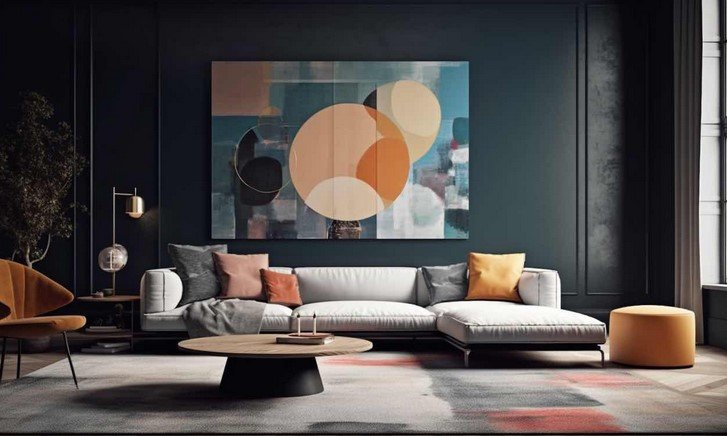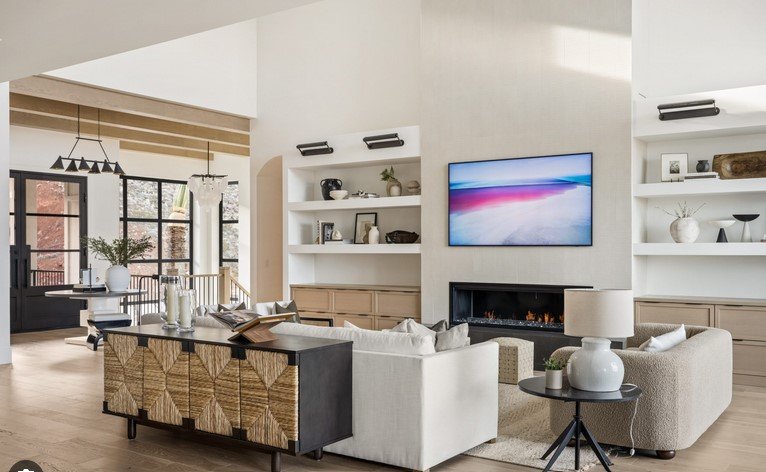Balancing functionality and aesthetics in design is crucial for creating products that are both visually appealing and practical. Good design harmonizes form and function, ensuring that a product not only looks great but also performs efficiently. This balance is essential in a wide range of design fields, from product design to architecture, and is fundamental to achieving user satisfaction and practicality.

Understanding the Importance of Functionality
Balancing functionality and aesthetics in design starts with a deep understanding of functionality. Functionality refers to how well a product or design meets the needs and requirements of its users. A functional design ensures that a product works effectively, is easy to use, and serves its intended purpose.
For instance, in product design, functionality involves considering factors such as ergonomics, usability, and durability. A well-designed product must not only look good but also be comfortable and efficient in its use. By prioritizing functionality, designers ensure that their creations deliver value and enhance the user experience.
Integrating Aesthetics into Design
Aesthetics play a vital role in balancing functionality and aesthetics in design. Aesthetics refer to the visual appeal and overall design of a product. This includes elements such as color, shape, texture, and proportion. Aesthetically pleasing designs can attract users, create emotional connections, and differentiate a product in a crowded market.
Designers should integrate aesthetics in a way that complements functionality rather than detracting from it. For example, an elegant lamp design should not only enhance the room’s decor but also provide adequate illumination. By ensuring that aesthetics and functionality work together, designers create products that are both beautiful and practical.
Strategies for Achieving Balance
Achieving a balance between functionality and aesthetics requires careful consideration and strategic planning. Here are some strategies for balancing functionality and aesthetics in design:
- Prioritize User Needs: Start by understanding the primary needs and preferences of your target users. This insight helps in creating designs that are both functional and visually appealing.
- Iterative Design Process: Use an iterative design process that involves prototyping, testing, and refining. This approach allows you to address functionality issues while enhancing aesthetics based on user feedback.
- Holistic Design Approach: Consider the entire user experience, including how the design looks and functions in different contexts. Ensure that aesthetic elements do not compromise usability or practicality.
- Collaboration and Feedback: Work closely with other designers, stakeholders, and users to gather diverse perspectives. Feedback can provide valuable insights into how well the design balances functionality and aesthetics.
- Innovative Solutions: Explore innovative solutions that integrate both aspects seamlessly. For instance, consider materials and technologies that enhance both the visual appeal and performance of the design.
Examples of Effective Balance
Several successful designs exemplify balancing functionality and aesthetics in design. The iPhone, for instance, is renowned for its sleek, minimalist design that combines aesthetic appeal with advanced functionality. Its user-friendly interface and elegant appearance make it a standout product in the technology market.
Another example is the ergonomic office chair, which blends form and function to offer both comfort and style. These chairs are designed to support proper posture while featuring a modern aesthetic that complements office interiors.
Conclusion
In conclusion, balancing practical and beautiful in design is essential for creating products that are both visually pleasing and effective in their use. By focusing on user needs, employing an iterative design process, and integrating innovative solutions, designers can achieve a harmonious balance between form and function. This balance not only enhances user satisfaction but also sets the stage for successful and impactful designs.











